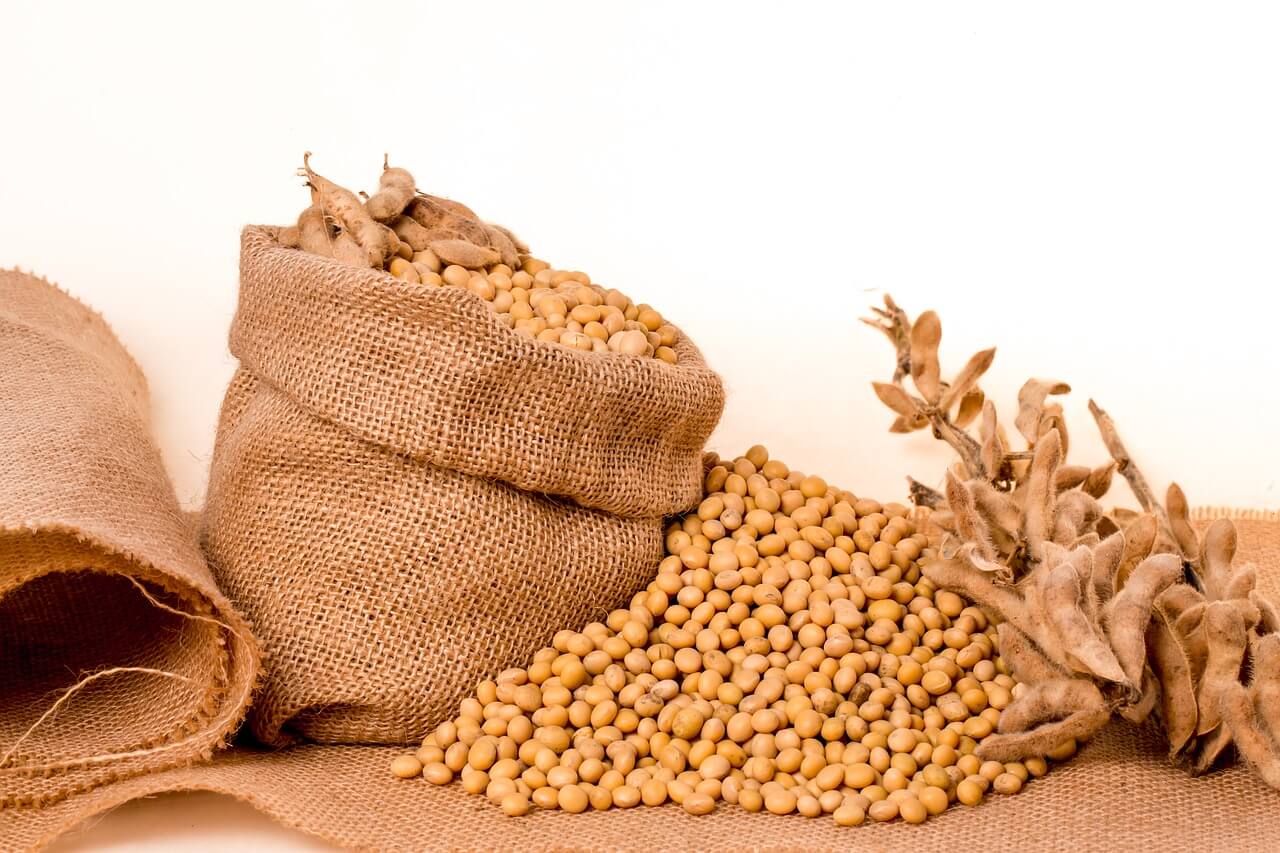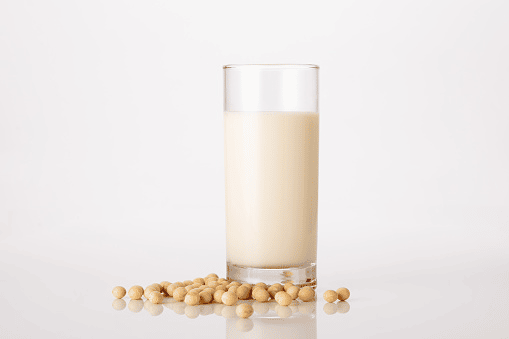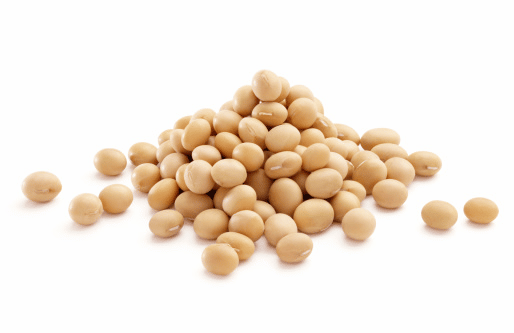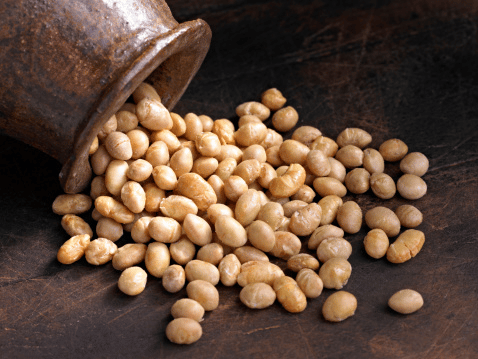Learning
How Soy is Beneficial For Animal Nutrition

Most people know soy is suitable for human consumption, especially for those who want to practice a vegan diet. Soy milk, for instance, has proved an excellent supplement for those who have reasons to discard daily milk, like lactose intolerance and the need to reduce animal products.
It is worth noting, however, that global soy use has gone beyond the barrier of human nutrition. Soy has proved a great option for animal nutrition and can be used in two forms: whole seed (unprocessed) or soybean meal (a by-product obtained after extracting the oil from the seed).
Its natural and rich protein content is quite helpful for animals with no adverse side effects like other feeds on our shelves and stores. Soybeans can have about 40% crude protein, 20% fat, and 5% fiber. The animals that benefit the most from soy are swine and dairy cattle; however, that is not the limitation.
Soy benefits animal nutrition in the following ways:
Producing Soy Milk that is Healthy for Pets

Just like animals take milk, soy milk is no exception. Soy milk is an excellent source of healthy protein for your animals. You should be thinking about your cat or dog.
Many things for you are good for your pet (dog and cat). Instead of exposing them to dairy products that can be affected by numerous diseases, soy milk will prove healthy for your animals. Soy milk is easy to digest and, therefore, safe for non-ruminants like cats.
If fortified, It is even more effective and wholesome for your animals and will ensure they don’t lack the essential vitamin B12 and calcium.
Raw Soybeans Good for Dairy Cows

Raw soybeans that have not been heat-treated can be incorporated successfully into dairy cattle rations. They provide a source of degradable and soluble protein and energy from fat. The suggested feeding level is 10 percent of the total ration of dry matter. For lactating cows, the suggested feeding level is no more than 4 to 5 pounds.
An important point of caution is that raw soybeans should be avoided in rations for calves less than four months of age. This is because raw soybeans contain enzymes (lipase and lipoxidase) that may result in some deterioration in the fat portion of the beans.
Lipase can bring about the liberation of free fatty acids from the oil present in soybeans. Lipoxidase, on the other hand, promotes peroxide formation.
Peroxides may be toxic to the rumen microbes at high intake levels, and the young calves appear to be especially susceptible to peroxide toxicity.
Lipase and lipoxidase can be inactivated at temperatures greater than 175°F and 120°F, respectively. To avoid the problems of these two enzymes, it is advisable to store the raw soybeans whole or crush them before inclusion in the grain mix.
When using raw soybean, you are not required (or you don’t need ) to add urea to your feed ration. This is because raw soybeans contain the enzyme urease, which hydrolyzes ammonia from urea. Cows are fairly sensitive to gaseous ammonia, so when too much nitrogen is present in the ration as ammonia, a drop in dry matter intake can occur.
Heat-Treated Soybeans Diverse animal feeds
Heat treatment is a way of making soybeans more palatable. On a dry matter basis, heat-treated soybeans can range between 33 to 44% crude protein and 15 to 22% fat and generally have a moisture content of 12%. An average rumen undegradable protein (RUP) value as a percent of crude protein for properly heated soybeans is 50%, making heat-treated soybeans a great source of protein.
Heat treatment can be done either by roasting or extrusion, and each method has pros and cons, which you should be aware of before settling on any of them. Heat-treated Soybean is good for diverse animal feeds, including swine and cattle.
Roasted Soybeans for Dairy and Swine

Roasted soybeans are suitable for cattle and swine (they cannot do raw soybean because of nutritional problems). Roasting is the most common method of heat treatment.
A possible reason is that roasting is a trendy way of feeding soybeans that enhances the supply of both RUP and fat. Roasted soybeans work well in most forage-type rations, with the most excellent benefits being observed in heavy hay crop silage diets.
They can be included in the ration up to 18% of the total dry matter. However, in many situations, when used with other concentrated ingredients, RUP or fat will limit the number of beans that can be fed.
So how is roasting done? Two main types of roasters are used in the field – a drum roaster and high-temperature air dryers. In high-temperature air dryer roasting, soybeans are passed over a holed floor through which hot air is blown. With drum roasters, on the other hand, soybeans are dropped into a rotating drum where air temperatures may range from 400°F to 600°F.
The roasting and high-temperature air drying should follow some precautions. Soybeans should remain in for about one minute in the hot air before exiting. If beans stay in the roaster longer than one minute, they can get scorched, which doesn’t necessarily affect their quality, but it is good to enhance quality by preventing scorching.
The main objective of the roasting process is to achieve even heating and allow the beans to be steeped or held without cooling for additional time. Soybeans passed through a drum roaster can produce a fairly consistent product.
Conclusion
Soybeans are beneficial in animal nutrition and are a great source of healthy proteins and energy for animals. Soybeans can be helpful to animals in different ways.
Soy milk will work for animals that can do milk like pets, while the soybean whole or crushed, roasted or raw, can be incorporated in animal feed to provide a host of nutritional value.






























